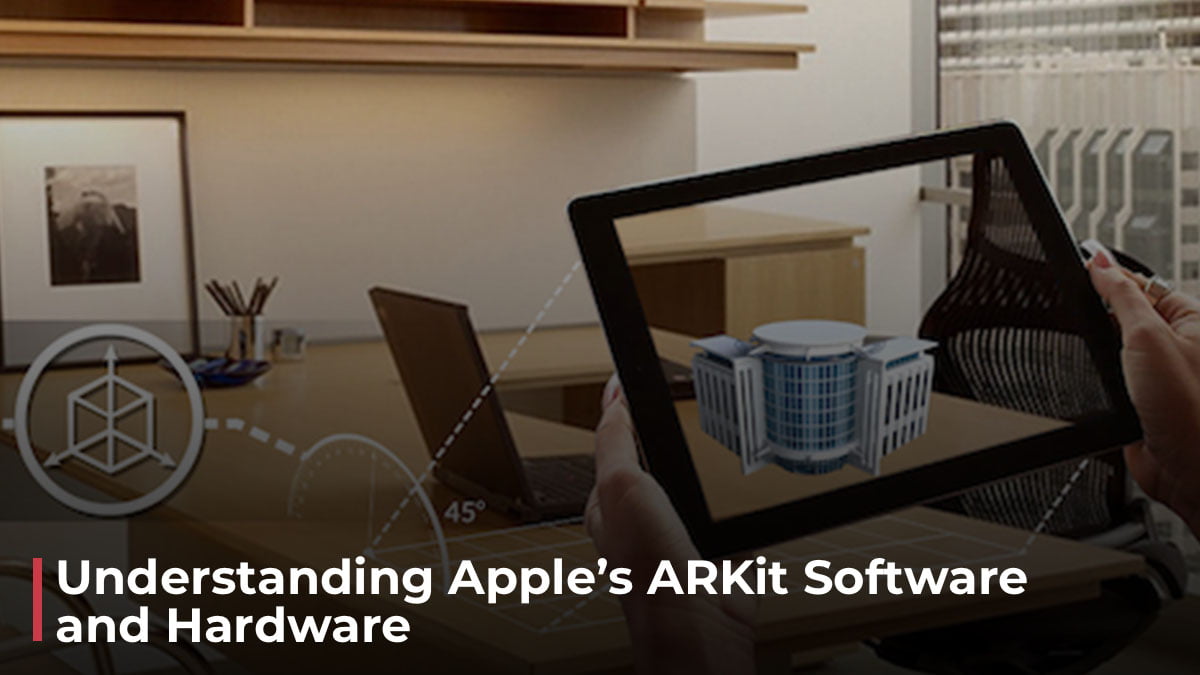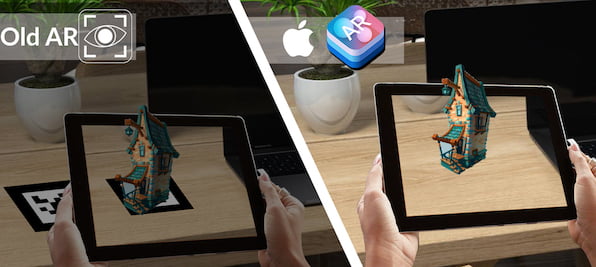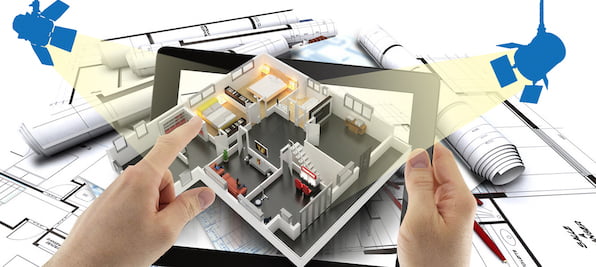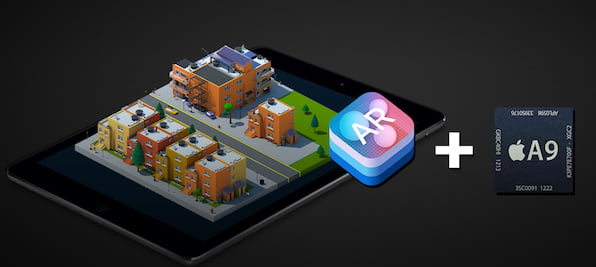Understanding Apple’s ARKit Software and Hardware

Apple unveiled ARKit, its new augmented reality framework, at the WWDC 2017 along with iOS 11. ARKit is a move from Apple to bring advanced AR capabilities to iOS devices and bring augmented reality experiences to a much larger audience. Taking advantage of the built-in cameras, powerful processors, and motion sensors in iOS devices, ARKit enables developers to create apps that blur the line between real and virtual worlds. But how will Apple’s big move into AR impact businesses?
AR is unmatched at engaging clients and customers in a digitally immersive and interactive experience overlaid in the real world. Bringing high-quality AR experiences to users helps businesses retain and attract new customers. ARKit takes this capability and makes it a native feature on iOS devices through the following innovations:
Visual Inertial Odometry (VIO)
Traditional AR tech relies on the device’s camera to track a marker in real space. A single tracking source introduces a jitter, and tracking is not as smooth as desired. With ARKit, camera tracking is augmented with data from the device’s other sensors, such as the accelerometer and the gyroscope, smoothing the entire experience. One applied example is an app that plans home decor and floor plans. A room’s size and total layout are analyzed automatically, and ARKit renders a realistic picture of how the furniture fits into a room. Enhanced tracking translates into beautiful AR experiences for customers and clients.

No More Markers
Older AR technology revolved around having users point their smartphones or tablets at a reference marker placed in the real world and projecting content based on the marker’s location. Although it gets the job done, it’s inconvenient for users to carry around a reference marker with them. Besides, having the marker show up in your virtual world intrudes on the immersion of an AR experience. Another big downside to the marker-based approach is that your marker always has to show up within your camera’s field of view – this means your AR world can only be as large as your marker permits. ARKit doesn’t rely on intrusive markers to render its AR worlds, freeing designers and developers to fully immerse their subjects in the experience.

Dynamic Scene and Light Analysis
‘Scene Understanding’ allows the software to analyze its surroundings in real-time, identifying horizontal planes, like tables and floors. This data enables developers to superimpose 3D objects rendered in the app to snap to any horizontal plane surface realistically. Additionally, ARKit polls information about the lighting conditions of the real world through the device’s camera. It then calculates the total amount of light in a room and applies the correct amount of light to virtual objects. This lighting technique adds more realism to an AR presentation and provides a rich visual experience for users.

Hardware and Software Optimizations
Apple has taken care to ensure its foray into AR development is performant on its hardware. ARKit runs on Apple’s A9 chip and above and has been heavily optimized for the hardware so that your users always get a smooth performance on their iPhones and iPads. The framework has also been designed to use any renderer the developer chooses. It has integrated support for SpriteKit, SceneKit, and Metal. Developers can also use custom renderers in other specific use cases. Additionally, the two leading 3D engines, Unity and Unreal, offer built-in support for the package. Apple has done its homework when it comes to supporting ARKit for as many developers as possible.
Different industries have already started creating augmented reality apps using ARKit and other AR frameworks. If you want to increase your brand awareness or push your marketing strategy forward, Zco’s AR development team is ready to work with you. Zco has worked with AR from its creation to its widespread adoption. No matter your idea, we have a proven track record of fully realizing our clients’ designs and concepts. Get in touch with our experts today and find out why we’ve earned our reputation in the industry as a technology leader and enterprise solutions provider.
